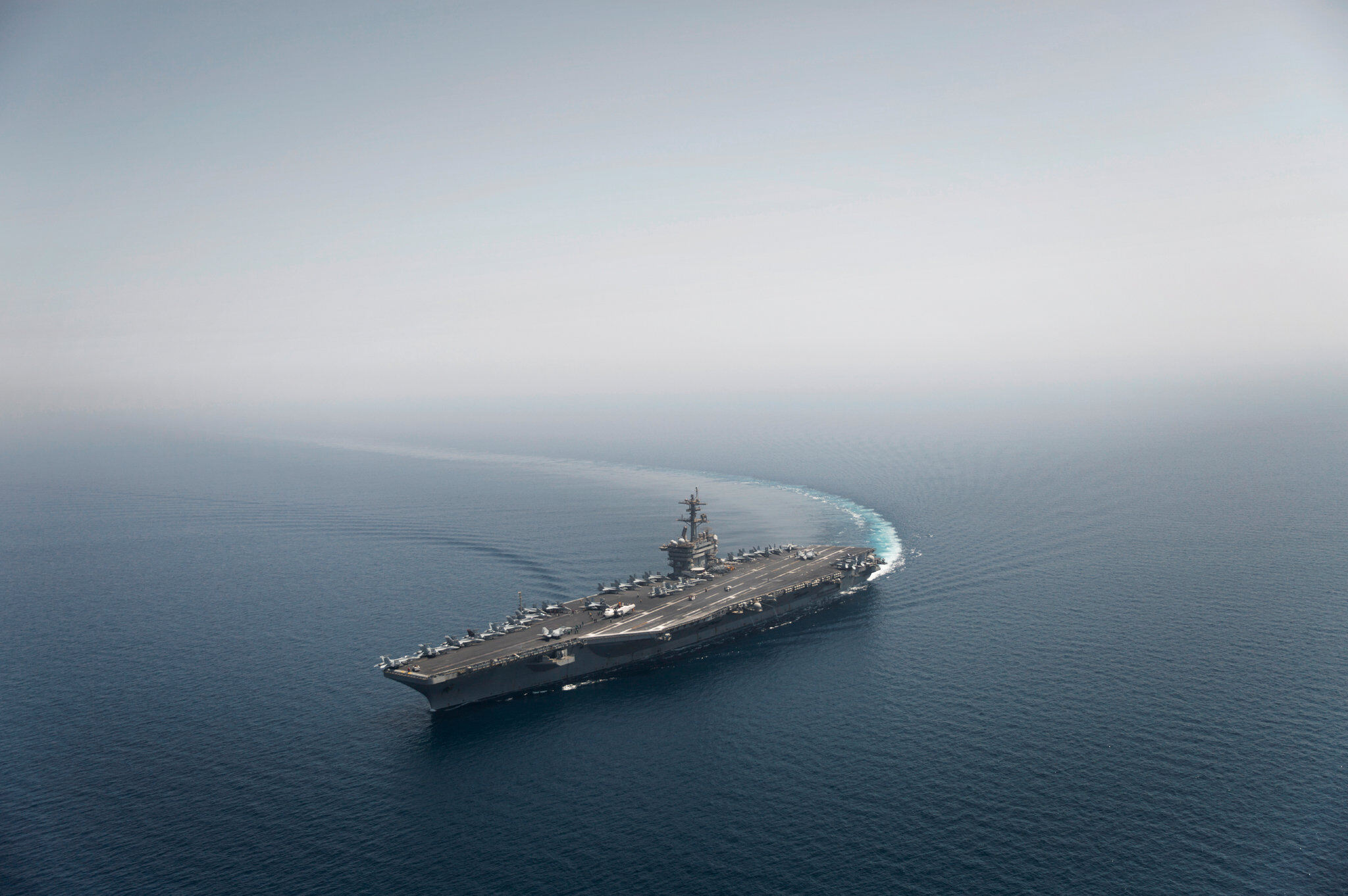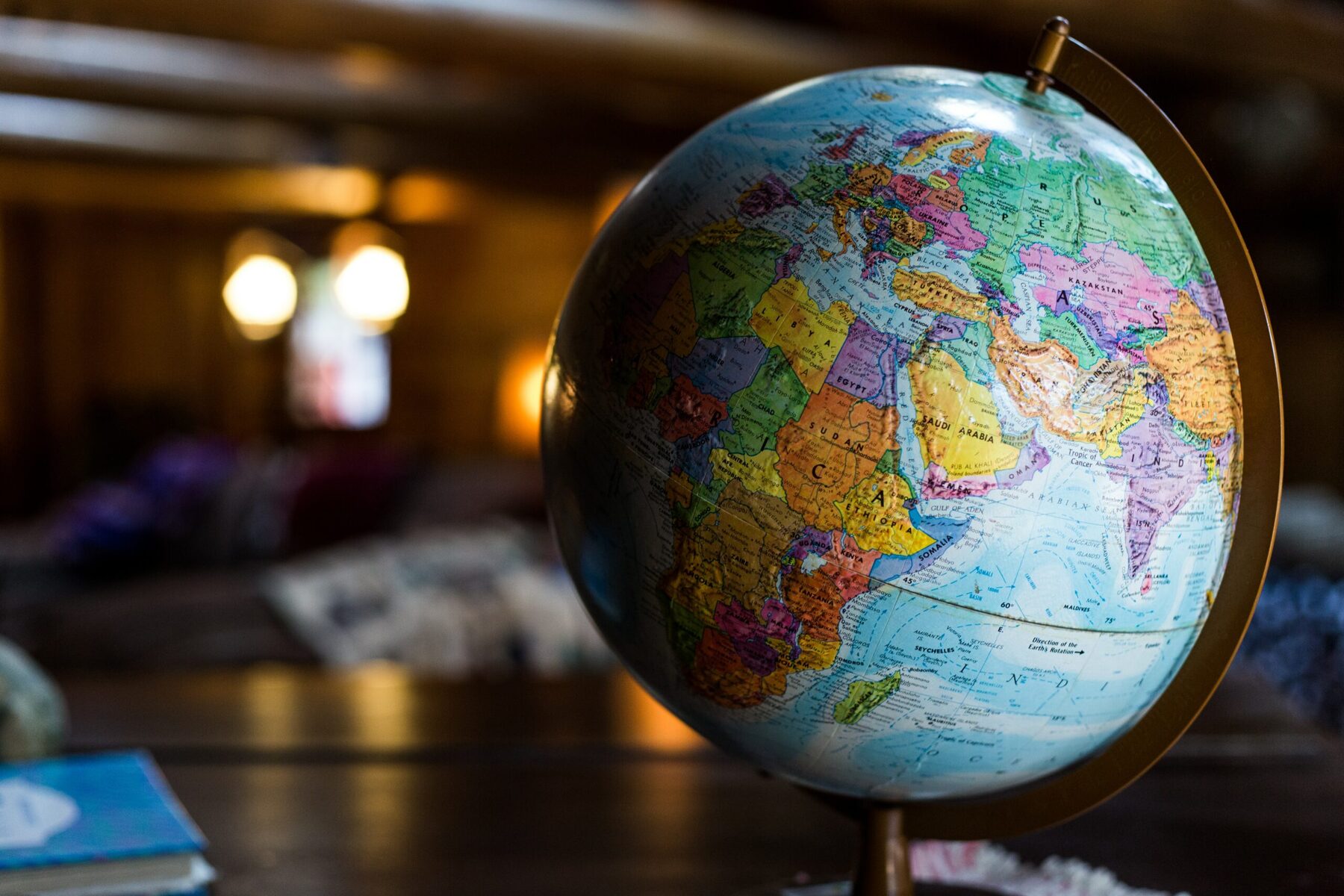
The Persian Gulf, also known as the Arabian Gulf, is a fascinating body of water located in the Middle East. Spanning approximately 251,000 square kilometers, it is surrounded by eight countries, including Iran, Iraq, Kuwait, Saudi Arabia, Bahrain, Qatar, the United Arab Emirates, and Oman. This iconic and historically significant region holds a wealth of intriguing facts that showcase its rich cultural heritage and environmental significance.In this article, we will delve into 12 fascinating facts about the Persian Gulf that will not only expand your knowledge but also deepen your appreciation for this stunning part of the world. From its unique geology and diverse marine life to its strategic importance and ancient history, there is so much to discover about the Persian Gulf. So, let’s dive in and explore the wonders of this magnificent body of water.
Key Takeaways:
- The Persian Gulf is a biodiverse sea with rich marine life, iconic landmarks, and extreme temperatures, making it a popular tourist destination despite environmental challenges.
- The Persian Gulf’s strategic location and historical significance as a center of trade and culture continue to captivate visitors and researchers alike.
The Persian Gulf is an extension of the Arabian Sea.
The Persian Gulf is a mediterranean sea in Western Asia, surrounded by Iran to the northeast, Kuwait and Iraq to the north, Saudi Arabia to the west, and the United Arab Emirates and Qatar to the south. Its name was derived from the historical region of Persia.
The Persian Gulf is home to diverse marine life.
The waters of the Persian Gulf harbor a rich ecosystem, serving as a habitat for a plethora of marine species. From vibrant corals to sea turtles, dolphins, and various fish species, the Persian Gulf’s biodiversity is truly remarkable.
It has significant oil reserves.
The Persian Gulf is known for its abundant oil reserves, making it a key region for global oil production. Countries such as Saudi Arabia, Iran, Iraq, Kuwait, and the United Arab Emirates have vast oil fields located in the region.
The Persian Gulf has a strategic location.
Due to its geographical location, the Persian Gulf has long been of strategic importance. It provides a crucial shipping route for international trade, connecting countries in the Middle East with the rest of the world.
The Persian Gulf has a rich history.
The region surrounding the Persian Gulf has a long and diverse history, with evidence of ancient civilizations dating back thousands of years. It has been a center of trade, culture, and innovation throughout the ages.
The Persian Gulf is known for its pearl diving tradition.
For centuries, pearl diving was a major industry in the Persian Gulf. Pearls harvested from the waters were highly prized and served as a significant source of income for many communities in the region.
It experiences extreme temperatures.
The Persian Gulf region is known for its scorching hot summers, with temperatures soaring well above 40°C (104°F). In contrast, winters are relatively mild, providing some respite from the intense heat.
The Persian Gulf is a popular tourist destination.
The Persian Gulf attracts millions of tourists each year, drawn by its stunning beaches, luxurious resorts, and vibrant cities. Popular destinations include Dubai, Abu Dhabi, and Doha, which offer a blend of modernity and rich cultural heritage.
The Persian Gulf is prone to sand and dust storms.
Due to its arid climate and desert surroundings, the Persian Gulf is susceptible to frequent sand and dust storms. These storms can limit visibility and impact daily life in the region.
It is home to iconic landmarks.
The Persian Gulf is home to several iconic landmarks, such as the Burj Khalifa in Dubai, the Sheikh Zayed Grand Mosque in Abu Dhabi, and the Pearl-Qatar in Doha. These architectural marvels showcase the region’s modernity and grandeur.
The Persian Gulf is a haven for water sports enthusiasts.
With its calm and crystal-clear waters, the Persian Gulf offers ample opportunities for water sports such as jet skiing, snorkeling, scuba diving, and sailing. The region’s warm climate makes it an ideal destination for outdoor water activities.
The Persian Gulf faces environmental challenges.
Like many bodies of water worldwide, the Persian Gulf faces environmental threats. Pollution, overfishing, and rising sea temperatures pose significant challenges to the delicate marine ecosystem of the region.
These 12 fascinating facts about the Persian Gulf highlight its historical, cultural, and environmental significance. From its diverse marine life to its strategic location and iconic landmarks, the Persian Gulf continues to captivate visitors and researchers alike. Despite the challenges it faces, the Persian Gulf remains an enchanting and important region in our world.
Conclusion
The Persian Gulf is a captivating region that is filled with rich history, culture, and natural wonders. From its stunning beaches to its vibrant cities, there is something for everyone to enjoy. Whether you are a history enthusiast, a nature lover, or a food connoisseur, the Persian Gulf has it all. With its fascinating facts and intriguing tales, this body of water continues to mesmerize people from all around the world. So, next time you plan your travel adventures, make sure to include the Persian Gulf on your itinerary and discover the wonders this remarkable region has to offer.
FAQs
1. What countries border the Persian Gulf?
The Persian Gulf is surrounded by several countries including Iran, Iraq, Kuwait, Saudi Arabia, Bahrain, Qatar, and the United Arab Emirates.
2. What is the significance of the Persian Gulf?
The Persian Gulf holds significant strategic and economic importance as it is a major route for global oil transportation. It also has rich marine life and is a popular destination for various water activities.
3. Are there any historical sites to visit in the Persian Gulf?
Absolutely! The Persian Gulf region is home to numerous historical sites, such as ancient ruins, forts, and museums that offer a glimpse into its captivating past.
4. What are some popular activities in the Persian Gulf?
Visitors can enjoy a wide range of activities in the Persian Gulf, including scuba diving, snorkeling, dhow cruises, exploring traditional markets, and indulging in delicious local cuisine.
5. Is it safe to travel to the Persian Gulf?
Generally, the Persian Gulf region is considered safe for travelers. However, it is always advisable to check the latest travel advisories and take necessary precautions during your visit.
Captivated by the allure of the Persian Gulf? Satisfy your curiosity with more intriguing facts! Slither into the world of Persian Gulf sea snakes, uncovering their astonishing adaptations. Dive beneath the surface to explore the vibrant Persian Gulf reefs, teeming with colorful marine life. Lastly, delve into the fascinating history and inner workings of Bahrain's premier financial institution, the National Bank of Bahrain. Each topic offers a unique perspective on this magnificent region, promising an enlightening journey through its natural wonders and economic landscape. Embark on your next adventure and uncover the hidden gems of the Persian Gulf today!
Was this page helpful?
Our commitment to delivering trustworthy and engaging content is at the heart of what we do. Each fact on our site is contributed by real users like you, bringing a wealth of diverse insights and information. To ensure the highest standards of accuracy and reliability, our dedicated editors meticulously review each submission. This process guarantees that the facts we share are not only fascinating but also credible. Trust in our commitment to quality and authenticity as you explore and learn with us.


